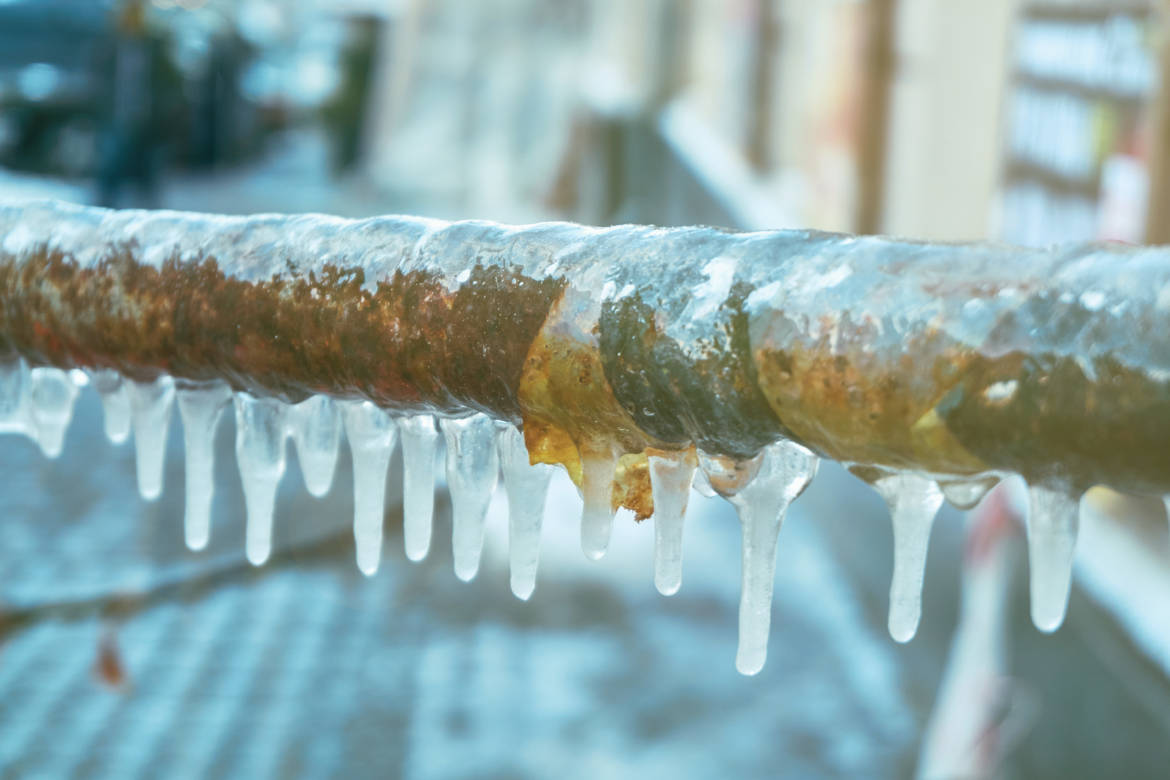How to Safeguard Pipes from Freezing: Specialist Guidance
How to Safeguard Pipes from Freezing: Specialist Guidance
Blog Article
What are your opinions regarding Preventing and dealing with frozen pipes?

Cold weather can ruin your plumbing, specifically by freezing pipes. Below's just how to avoid it from happening and what to do if it does.
Introduction
As temperature levels drop, the threat of frozen pipes rises, possibly bring about costly repair services and water damages. Understanding just how to prevent icy pipes is vital for homeowners in cold environments.
Avoidance Tips
Insulating prone pipes
Cover pipes in insulation sleeves or use warmth tape to secure them from freezing temperature levels. Focus on pipes in unheated or outside locations of the home.
Home heating techniques
Keep interior areas effectively warmed, especially areas with plumbing. Open cabinet doors to allow warm air to circulate around pipes under sinks.
Exactly how to recognize frozen pipes
Seek lowered water flow from faucets, uncommon smells or noises from pipes, and noticeable frost on subjected pipes.
Long-Term Solutions
Structural changes
Take into consideration rerouting pipes far from outside walls or unheated areas. Add added insulation to attic rooms, basements, and crawl spaces.
Upgrading insulation
Purchase top notch insulation for pipelines, attics, and wall surfaces. Correct insulation helps maintain consistent temperature levels and lowers the threat of frozen pipelines.
Shielding Outdoor Plumbing
Yard hose pipes and outside faucets
Disconnect and drain garden pipes before winter months. Install frost-proof faucets or cover exterior taps with protected caps.
Comprehending Icy Pipelines
What causes pipes to freeze?
Pipes ice up when revealed to temperature levels below 32 ° F (0 ° C) for extended periods. As water inside the pipes freezes, it broadens, putting pressure on the pipe walls and potentially causing them to burst.
Risks and damages
Icy pipelines can bring about water supply disruptions, residential property damages, and costly repair work. Burst pipes can flood homes and cause considerable architectural damage.
Indications of Frozen Pipes
Recognizing icy pipelines early can avoid them from rupturing.
What to Do If Your Pipes Freeze
Immediate activities to take
If you presume frozen pipelines, maintain taps open up to ease stress as the ice thaws. Use a hairdryer or towels taken in warm water to thaw pipelines slowly.
Final thought
Stopping frozen pipes calls for aggressive actions and fast responses. By recognizing the causes, indicators, and preventive measures, house owners can protect their plumbing during cold weather.
5 Ways to Prevent Frozen Pipes
Drain Outdoor Faucets and Disconnect Hoses
First, close the shut-off valve that controls the flow of water in the pipe to your outdoor faucet. Then, head outside to disconnect and drain your hose and open the outdoor faucet to allow the water to completely drain out of the line. Turn off the faucet when done. Finally, head back to the shut-off valve and drain the remaining water inside the pipe into a bucket or container. Additionally, if you have a home irrigation system, you should consider hiring an expert to clear the system of water each year.
Insulate Pipes
One of the best and most cost-effective methods for preventing frozen water pipes is to wrap your pipes with insulation. This is especially important for areas in your home that aren’t exposed to heat, such as an attic. We suggest using foam sleeves, which can typically be found at your local hardware store.
Keep Heat Running at 65
Your pipes are located inside your walls, and the temperature there is much colder than the rest of the house. To prevent your pipes from freezing, The Insurance Information Institute suggests that you keep your home heated to at least 65 degrees, even when traveling. You may want to invest in smart devices that can keep an eye on the temperature in your home while you’re away.
Leave Water Dripping
Moving water — even a small trickle — can prevent ice from forming inside your pipes. When freezing temps are imminent, start a drip of water from all faucets that serve exposed pipes. Leaving a few faucets running will also help relieve pressure inside the pipes and help prevent a rupture if the water inside freezes.
Open Cupboard Doors
Warm your kitchen and bathroom pipes by opening cupboards and vanities. You should also leave your interior doors ajar to help warm air circulate evenly throughout your home.

Do you appreciate reading about How to Prevent Your Pipes From Freezing? Make a remark below. We would be happy to find out your insights about this piece. Hoping that you come back again in the near future. Liked our content? Please quickly share it. Let somebody else locate it. I praise you for being here. Kindly check up our site back soon.
Additional Information Report this page